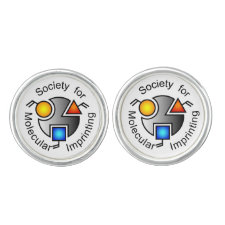
Authors: Dickert FL, Lieberzeit PA, Aigner S, Langsam C, Sontimuang C, Suedee R
Publication date: 2010
Article title: Mass-sensitive and resistive detection of bioanalytes - Synthetic antibodies and plastic replicae.
Page numbers: 352-353
DOI: 10.1109/INEC.2010.5424741
Conference information: Nanoelectronics Conference (INEC), 2010 3rd International
Abstract: Surface imprinting into polymer thin films and nanoparticles leads to highly selective interaction centers. For instance, matrices templated with allergens, (e.g. sesame protein or latex protein) are capable for detecting them in solutions reaching selectivity factors of at least five compounds. Casting an imprinted polymer leads to plastic copies of the initial template that can be used for standardized sensor synthesis also leading to outstanding selectivity and sensitivity. Such strictly chemical recognition can also be observed for glycolipids by the example of erythrocytes, where even sub-groups of the ABO system lead to recognition: an polymer imprinted with A2B erythrocytes strongly favors its template over all competitors. -®2010 IEEE



Join the Society for Molecular Imprinting

New items RSS feed
Sign-up for e-mail updates:
Choose between receiving an occasional newsletter or more frequent e-mail alerts.
Click here to go to the sign-up page.
Is your name elemental or peptidic? Enter your name and find out by clicking either of the buttons below!
Other products you may like:
 MIPdatabase
MIPdatabase









